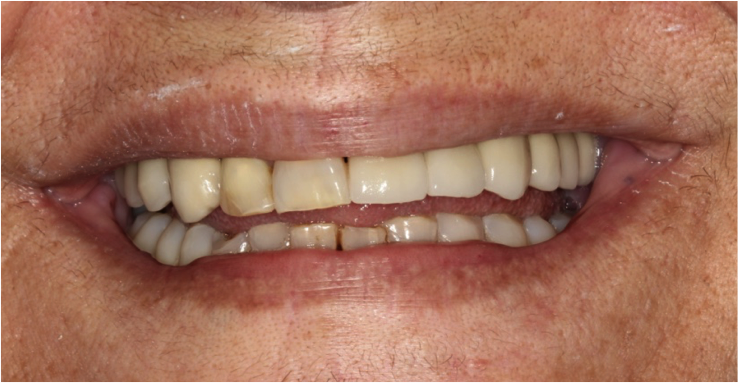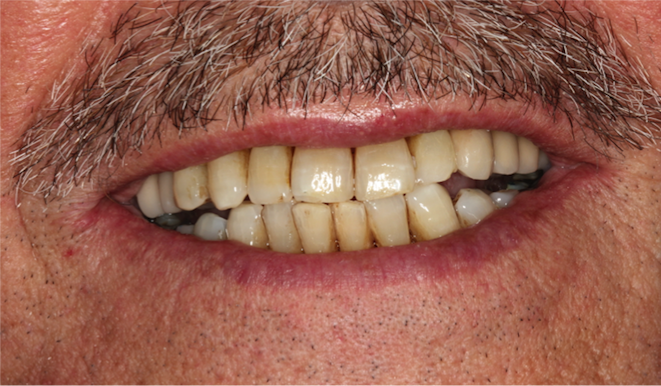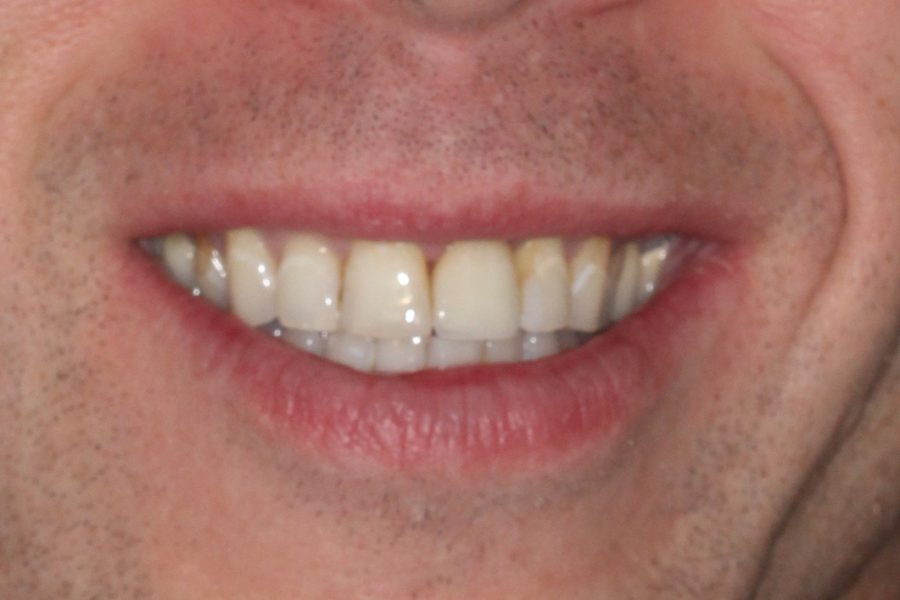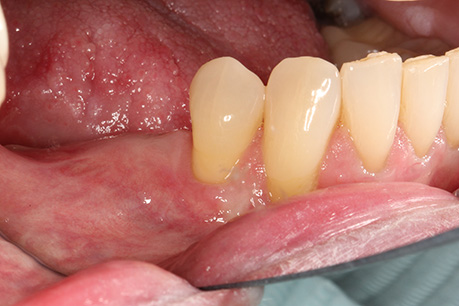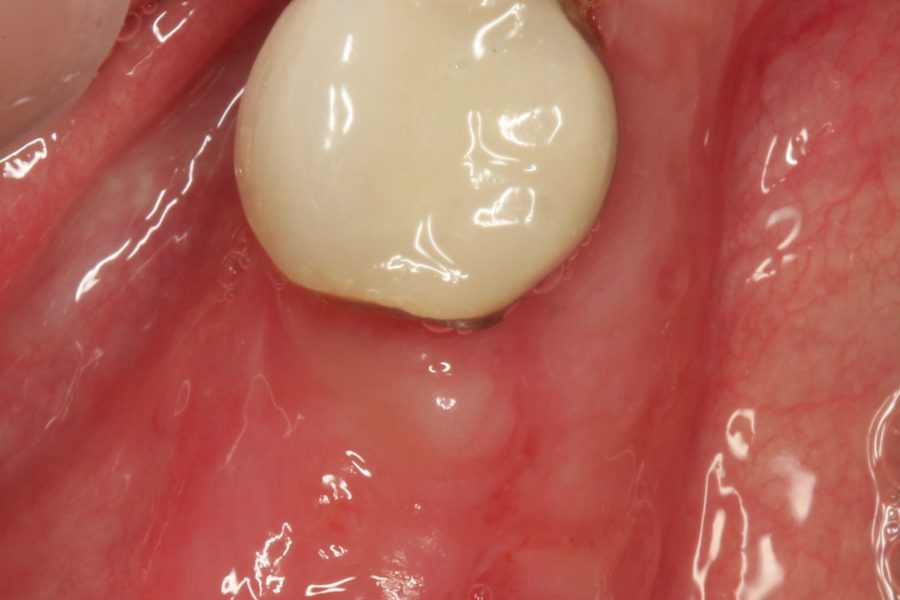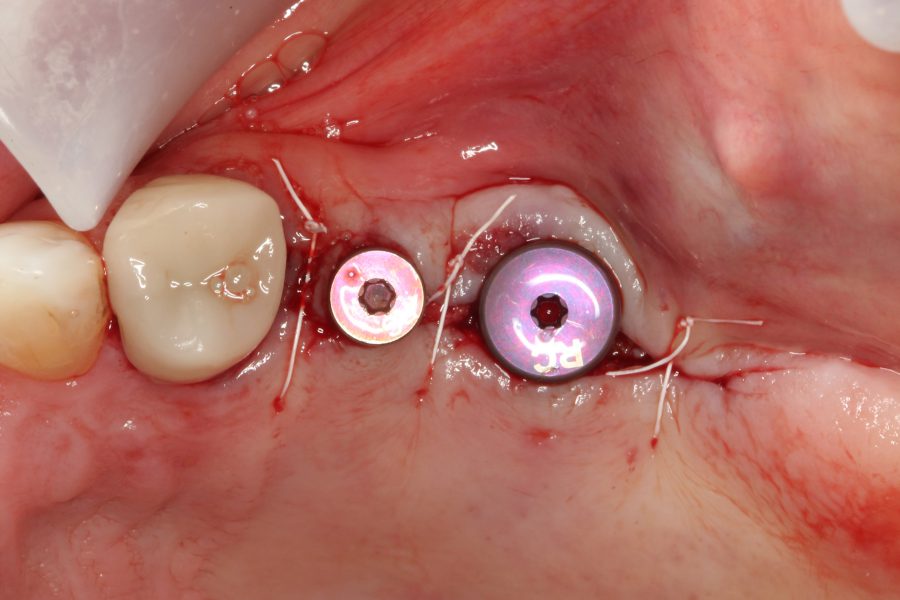PERIODONTOLOGY
Sometimes restoration of a particular tooth by means of a crown or an onlay may not be possible either because the tooth crown length may be limited (for instance due to attrition) or because restoration margins are expected to be deeply subgingival (deep under the gums). In such cases in order to increase retention of the restoration and/or establish proper restoration margins that do not extend deeply under the gums, a crown lengthening procedure is needed.
This is a very localized procedure that exposes a larger part of the tooth crown. This is accomplished either by removing a small gingival collar of approximately 1-3 millimeters surrounding the tooth or by suturing the gums 1-3 millimeters more apically. One may think of it as slightly rolling up their sleeves to expose a larger part of the wrist. This is a very short and minimally invasive procedure that is performed in a painless manner using local anesthesia. Following the procedure, healing progresses fast and typically patients require little to no analgesic medication.

